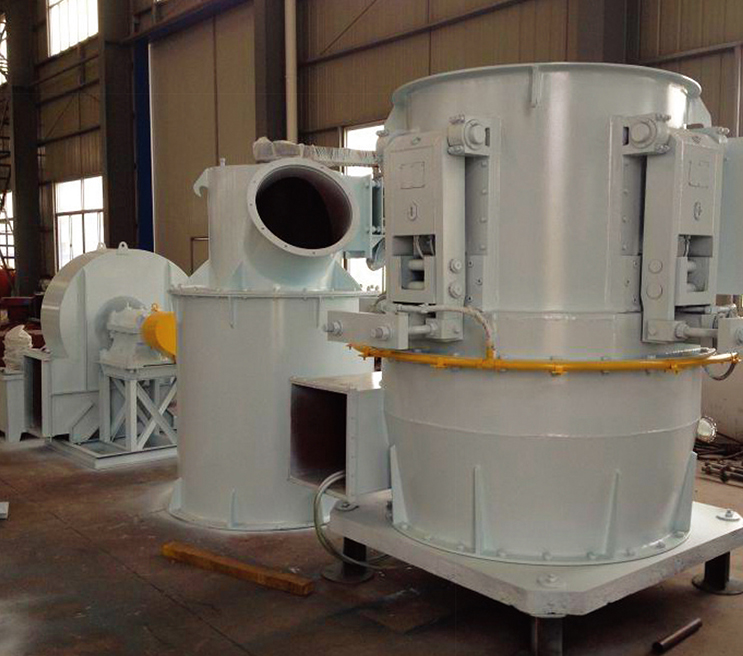In the design and operation of Ring Roller Mills, few variables impact performance as directly as grinding pressure. It’s a parameter that must strike a delicate balance—too low, and grinding becomes inefficient with poor particle size distribution; too high, and wear on critical components accelerates, leading to increased maintenance and operating costs. This interplay between pressure, efficiency, and durability is particularly relevant for manufacturers processing non-metallic minerals, where consistent fineness and output stability are key to competitiveness.
The grinding pressure in a ring roller system is typically controlled through an external hydraulic system, which exerts force on the rollers as they press material against the grinding ring. This pressure is not static; it can and should be adjusted based on material hardness, feed rate, and desired fineness. For instance, in high-purity calcium carbonate production, even slight deviations in pressure can shift the product’s D97 value, influencing downstream usability. Optimizing this pressure ensures that the material is crushed efficiently without causing unnecessary strain on the rollers or grinding disc.
Excessive pressure may initially seem to increase output, but over time it leads to diminishing returns. The additional force increases friction and temperature, accelerating the wear rate of the roller sleeves and grinding ring surface. This not only shortens component lifespan but can also affect the consistency of the grinding process, especially when internal clearances begin to shift. Ring Roller Mills built with robust hydraulic regulation systems allow for fine-tuned control, helping operators respond to changes in feed properties or product requirements without physically altering the setup.

On the flip side, insufficient grinding pressure can reduce material throughput and create uneven particle sizes. The rollers may slip or fail to generate the necessary shear force for harder materials, leading to inefficient grinding cycles. In commercial-scale operations where downtime equates to lost revenue, pressure optimization becomes more than just a technical preference—it’s a cost-saving measure. Advanced mills such as the LYH996 series are designed to maintain stable pressure ranges under varying loads, ensuring output remains consistent even during long production runs.
Experienced users know that optimal pressure settings are rarely “set and forget.” Routine inspection of feedstock quality and mill behavior is essential. Modern Ring Roller Mill systems often integrate pressure sensors and control logic that can adapt in real-time. This adaptive capability is especially valuable when working with materials of varying moisture content or density, where pressure requirements fluctuate. When properly configured, these systems contribute to both better product quality and lower energy consumption per ton of output.
For businesses looking to scale efficiently, pressure optimization is not only about maximizing yield but also about maintaining system integrity over the long haul. Components like the hydraulic cylinder, grinding rollers, and internal seals are all subject to cyclic loads. Controlled pressure avoids mechanical shocks and reduces the risk of fatigue-related failures. That’s why a well-calibrated pressure system is often considered one of the pillars of a high-performance milling operation.
As a trusted manufacturer and supplier in the industrial grinding sector, we believe that understanding the science of pressure control is crucial for anyone investing in or operating Ring Roller Mills. With our LYH996 series, customers gain access to advanced hydraulic regulation, reliable structural design, and ongoing support to fine-tune their systems for optimal performance. For operations that value both efficiency and equipment longevity, mastering grinding pressure is not optional—it’s essential.

 English
English 中文简体
中文简体 русский
русский Français
Français Español
Español عربى
عربى
